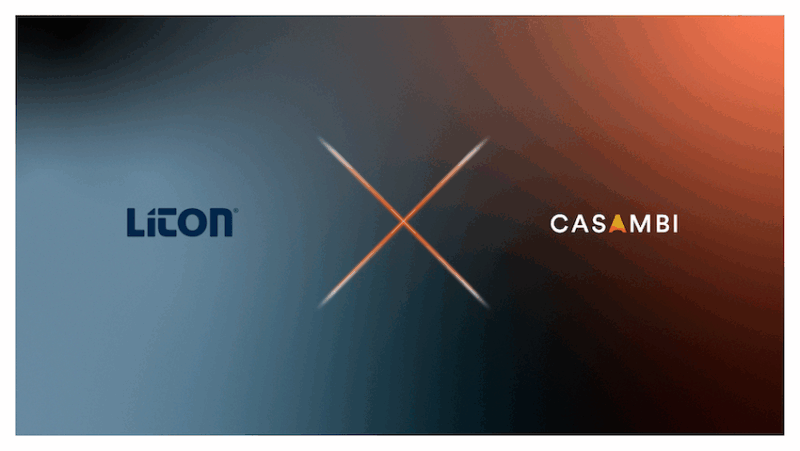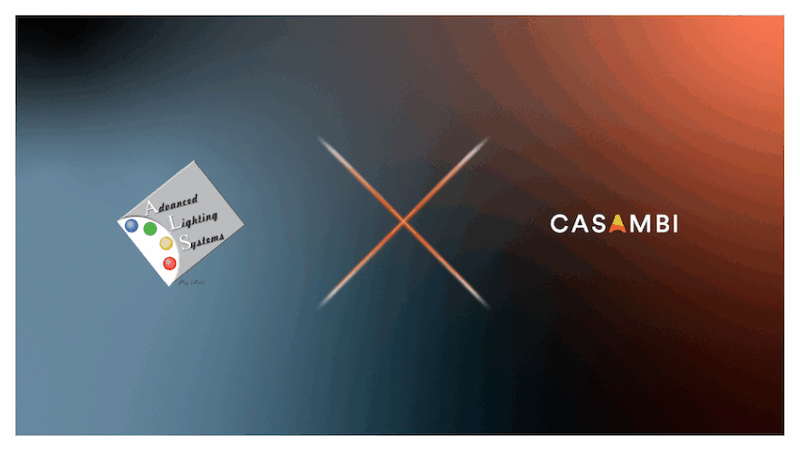Interoperability Is Everything in Lighting Control

As technology shifts towards open systems and consumer interest grows in product variety and transparent pricing, two models have emerged from the traditional closed system framework: Open (standardized) Systems and Open Ecosystems. Each approach has its own characteristics to consider, but all lead to the same question…which model is better? To understand that we first must unpack a few things.
Three Industry Approaches to Interoperability
Traditionally, the industry has approached interoperability in three primary ways:
- Closed Systems – All components, software, and service come from a single vendor. Think big brand names – “all in one”, but on their terms.
- Open (Standardized) Systems – Components adhere to a common industry standard, but is everyone really able to keep up? For instance, the 0-10 protocol is a standard but not all 0-10 drivers are standardized.
- Open Ecosystem – A hybrid model where a shared software foundation and user interface connect multiple partners. Think Apple’s OS – one platform with every application you can think of.
Casambi is uniquely aligned with the third model, which blends product choice, with any protocol, in any lighting application, anywhere in the world. This results in a reliable and flexible experience that adapts to customer needs and regional codes and channels, as opposed to adapting a project to the limitations of closed and standardized systems. It encourages competition which drives innovation by providing a solid, future-ready foundation for lighting control.
Let’s be clear, all 3 models will get the job done, but it’s important to understand the “how” behind each model so you can decide the experience that makes most sense for you.
Why Closed and Standardized Systems Present Limitations
Closed systems can provide simplicity in sourcing and support but are often found wanting. They can force compromises on project vision and user experience, which include limited hardware choices, minimal pricing transparency and flexibility, single-source supply chains, and complex upgrade paths. These systems can constrain growth as well as frustrate customers with a high cost of ownership.
Open standardized systems aim for broad compatibility, but struggle with being agile. This stems from advancements requiring consensus across a fragmented industry lead by vendors jockeying for a dominant position, followed by lengthy standardization ratification processes. For example, the original DALI standard took seven years to publish and then took more than a decade to develop DALI-2. Similarly, Bluetooth Mesh for networked lighting control (NLC) took seven years from the initial concept to standardization.
Meanwhile, the broader demands of lighting innovation (e.g., tunable white, color LED), building management (e.g., sensors, data) and IoT (e.g., HVAC, energy dashboards), are evolving on a much faster timeline. And with each industry innovation, what is the standards response? A new standard (available in about 7 years..)!
A Collaborative Approach to Speed, Flexibility, and Stability
Casambi’s open ecosystem is powered by our LightingOS™ platform, which seamlessly unites hardware, software, and protocols under one common user interface—whether wired or wireless, indoor or outdoor, new build or retrofit — elevating projects and user experience. Key benefits are:
- Timely Innovation – New capabilities can be deployed rapidly, without waiting for industry-wide agreement.
- OTA Reliability at Scale – Over-the-air updates reach millions of devices globally, ensuring systems benefit from the latest advancements.
- Vendor Choice – The open ecosystem encourages healthy competition, allowing customers to select from multiple always-interoperable options.
- Reduced Risk – The combination of a unified software foundation and partner flexibility helps ensure operational consistency without vendor lock-in.
Even if there are existing controls systems in a retrofit, Casambi can be deployed along side these systems, providing luminaire manufacturers and electrical installers with one system to learn, one system to sell, one system to navigate and commission.
A New and Improved Standard
Think of how Apple’s ecosystem works: when you pick up your AirPods, they instantly switch from your iPhone to your iPad to your MacBook—no reconnecting, no friction. That kind of effortless experience has become a de facto standard. As users, we expect technology to just work—any app, any device, anytime. So why can’t lighting controls offer that same plug-and-play convenience?
At Casambi, we start with user experience, not compliance checklists. Our lighting controls are designed to feel smooth, intuitive, and logical—so users focus on lighting, not tech. We aren’t chasing standards for their own sake; we prioritize real-world usability. That’s why interoperability isn’t just about “working together,” it’s about “making sense together.”
History shows that the most valuable technologies often begin as proprietary ideas—iOS, USB, PDF, MP3, Ethernet, QR codes, WiFi—all were once just novel tech innovations, not formal standards. Yet today, they underpin modern life. Why? Because they worked, gained trust, and eventually became ubiquitous. These innovations weren’t held back by waiting for registration—they evolved through adoption.
Casambi’s model follows the same path: a proprietary core that’s open at its edges. Our ecosystem supports emerging norms like D4i, HVAC integration, demand response, and emergency lighting protocols. Over 200 companies have produced more than 2,000 fully interoperable products for the Casambi open ecosystem. With Casambi’s API, users can bridge to DALI, DMX, BACnet, KNX, Control4, Matter and more, all through a single intuitive interface. And over 300 OEM luminaire manufacturers make and sell luminaires that are “Casambi-Ready”. Can you name any “standard” system—let alone a proprietary one—that operates at this level of seamless, cross protocol flexibility?
The Best Model
Interoperability should not be a box to tick but a guiding principle. Lighting control systems must be adaptable, updatable, and flexible across vendors and technologies. Casambi offers:
- A responsive innovation cycle.
- Proven global Over The Air update infrastructure.
- Transparency and choice within a diverse, open ecosystem.
- An open architecture that connects to the widest range of systems.
Casambi is the LightingOS™. Smart software. Clean hardware. Easy installation. Everywhere in the world and every lighting application. We’re not just building compatibility – we’re designing for what’s next.
So which model is the best? We’ll let you decide.
“The best tech earns adoption by being obvious, not official.”
– Mark McClear –


